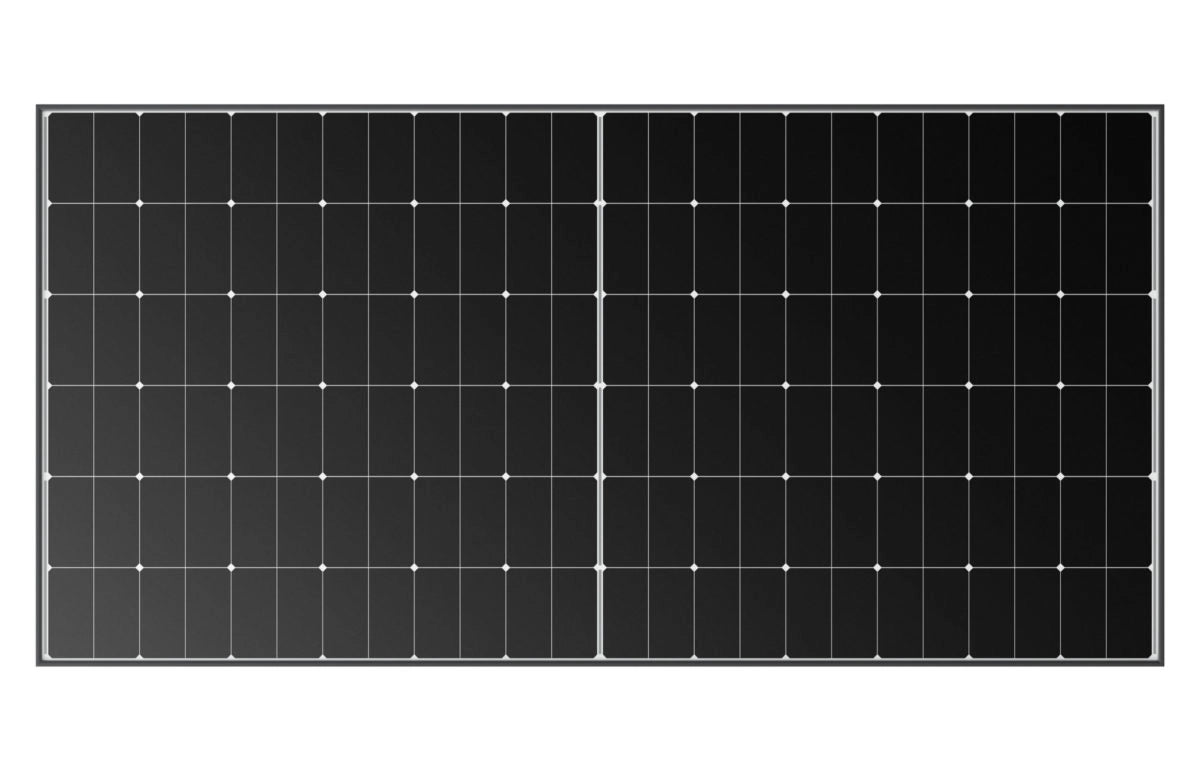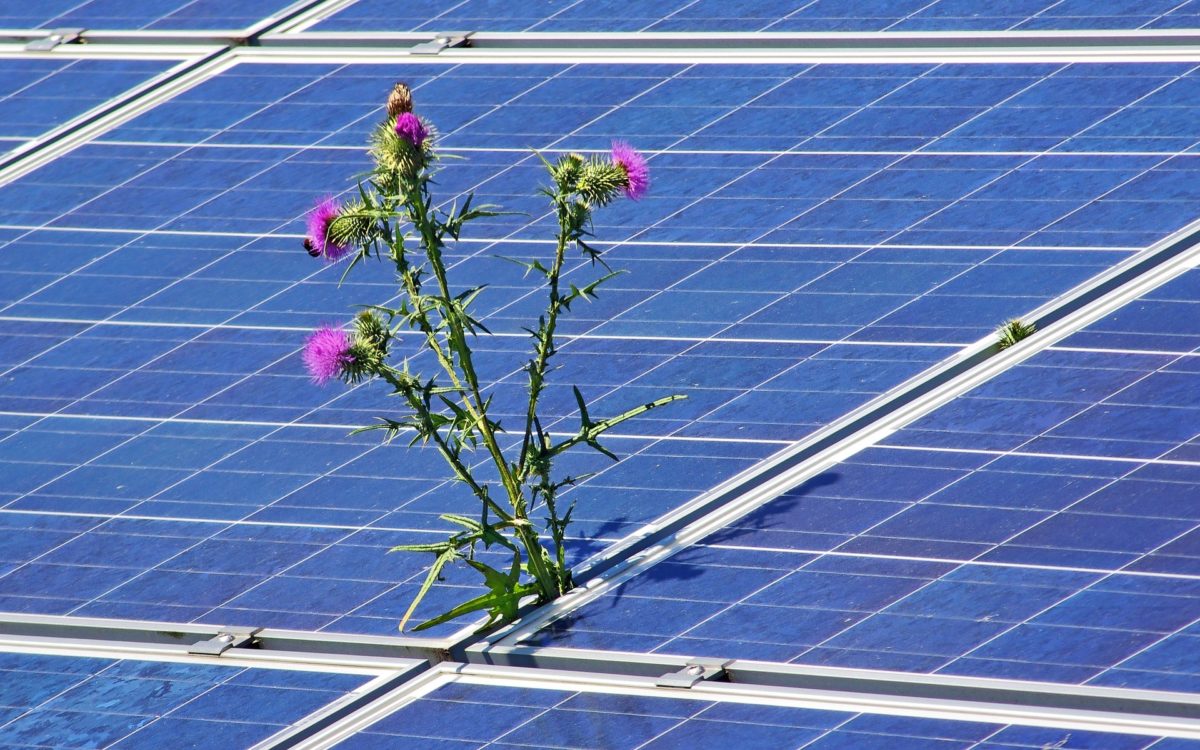https://pv-magazine-usa.com/2022/11/01/assessing-capabilities-of-residential-solar-storage-systems-amidst-long-duration-outages/
Assessing capabilities of residential solar + storage systems amidst long-duration outages

Image: Sunrun/Tesla
Amidst the recent destruction caused by Hurricane Ian has emerged a story of resilience from the 100% solar community of Babcock Ranch. Despite being in the path of the storm, the community retained power through a combination of solar + storage.
This is not another post-disaster silver lining story but rather a working demonstration of behind-the-meter (BTM) solar + storage during an outage induced by extreme weather conditions. As climate change increases the frequency and intensity of certain weather extremes, long-duration power outages will impact more Americans households. Extreme weather events compounded by power outages carry a potentially deadly comorbidity for millions of people. Recent research published in the Environmental Science & Technology journal points to between 68 and 100% of the urban populations of Atlanta, Detroit, and Phoenix being at elevated risk of heat exhaustion and/or heat stroke if a blackout coincided with a heat wave.
Residential consumers of BTM solar + storage systems have already begun to internalize this reality into their decision-making in the marketplace. A recent Sunpower survey of more than 1,500 households found that among those actively considering solar, 70% said they plan to include a battery storage system in their initial purchase for additional resilience during outages. About one-third of those considering solar said they look at high-profile outages as motivation for pursuing backup power sources.
This effect was seen in the significant uptick of solar + storage in Texas after Winter Storm Uri in February 2021. The Lawrence Berkeley National Lab’s annual Tracking the Sun report found that solar + storage interconnections increased by more than 3-times in CenterPoint’s service area of Houston, and by about 6-times in Oncor’s service area of Dallas, and Fort Worth in 2021. Nationally, the rate of residential solar + storage attachment grew to 10%.
A recent study from Berekeley Lab answers any doubts about the capabilities of residential BTM solar + storage during the type of long-duration outages which are driving adoption.
The study took a two-pronged approach looking at both synthetic outage events based on standardized assumptions, as well as at 10 historical events to provide more realistic, and possibly more extreme cases. This was possible through a combination of hourly outage data, hourly solar and end-use level load profiles, simulated battery storage dispatch during interruptions, and building stock data.
For the synthetic analysis, simulations were run for every U.S county and month with a base-case assumption of a 3-day outage beginning on the median “net load” day each month, with 100% initial state of charge for the battery, and a PV system sized to generate 100% of each customer’s annual energy consumption. Within the testing, limited critical loads were defined as refrigeration, lighting during evening hours, well pump, and basic plug loads, like a computer and the internet. Critical loads were defined as limited loads plus heating and cooling-related end-uses. Both 10 kWh and 30 kWh battery storage were tested.
For limited critical loads, a battery with just 10 kWh of storage could fully supply backup power in almost all counties for residential consumers in virtually all U.S. counties any month of the year. This remained true in most counties even if the PV system was sized to generate only 50% of the annual customer load.
When it came to critical loads, 10 kWh of storage could backup power across 85% of all counties and month on average. A system with 30 kWh of storage could provide 96% of critical load on average.

The report concludes that the backup of critical loads is heavily lowered in regions where electric heating is common, like the southeast and northwest, and in regions with large cooling loads, like the southwest and southeast. Variance occurred within individual regions as a result of “infiltration” or leakiness of air in the different building stock, along with things like the average square feet, and types of heating and cooling systems. For example, in Chicago and Boston, 100% of the median winter critical load is served for homes with fossil heat, while about 41 to 43% for homes with electric resistance heat.
For the historical analysis, Berkeley Lab analyzed 10 events including: the Wildfires in California (2019), Iowa derecho (2020), Texas thunderstorm (2020), Winter storms in Washington state (2019) and Oklahoma (2020), and Hurricanes Harvey (2017), Irma (2017), Florence (2018), Michael (2018), and Isaias (2020).
Within each event, four types of affected counties were tested: urban, rural, vulnerable, and longest interruption. This analysis used similar assumptions as in the synthetic analysis, with the focus being on critical load backup for residential consumers. Assuming 30 kWh of storage, the majority of single family homes would be able to maintain critical loads across all events besides Hurricane Harvey, Florence, and Irma. In comparison, 10 kWh of storage provided almost total backup of critical loads for the California wildfires, the winter storms in Washington and Oklahoma, and the thunderstorm in Texas. There was significant performance variation across the hurricanes because of low solar insolation levels and the length of the events. For example, Florence had 3 days with almost no solar with outages lasting 6-10 days.
These capabilities for resiliency in extreme outages, among the many other benefits of solar + storage, point to a bright future for the peanut butter and chocolate combination of the energy transition.
The views and opinions expressed in this article are the author’s own, and do not necessarily reflect those held by pv magazine.
This content is protected by copyright and may not be reused. If you want to cooperate with us and would like to reuse some of our content, please contact: editors@pv-magazine.com.



